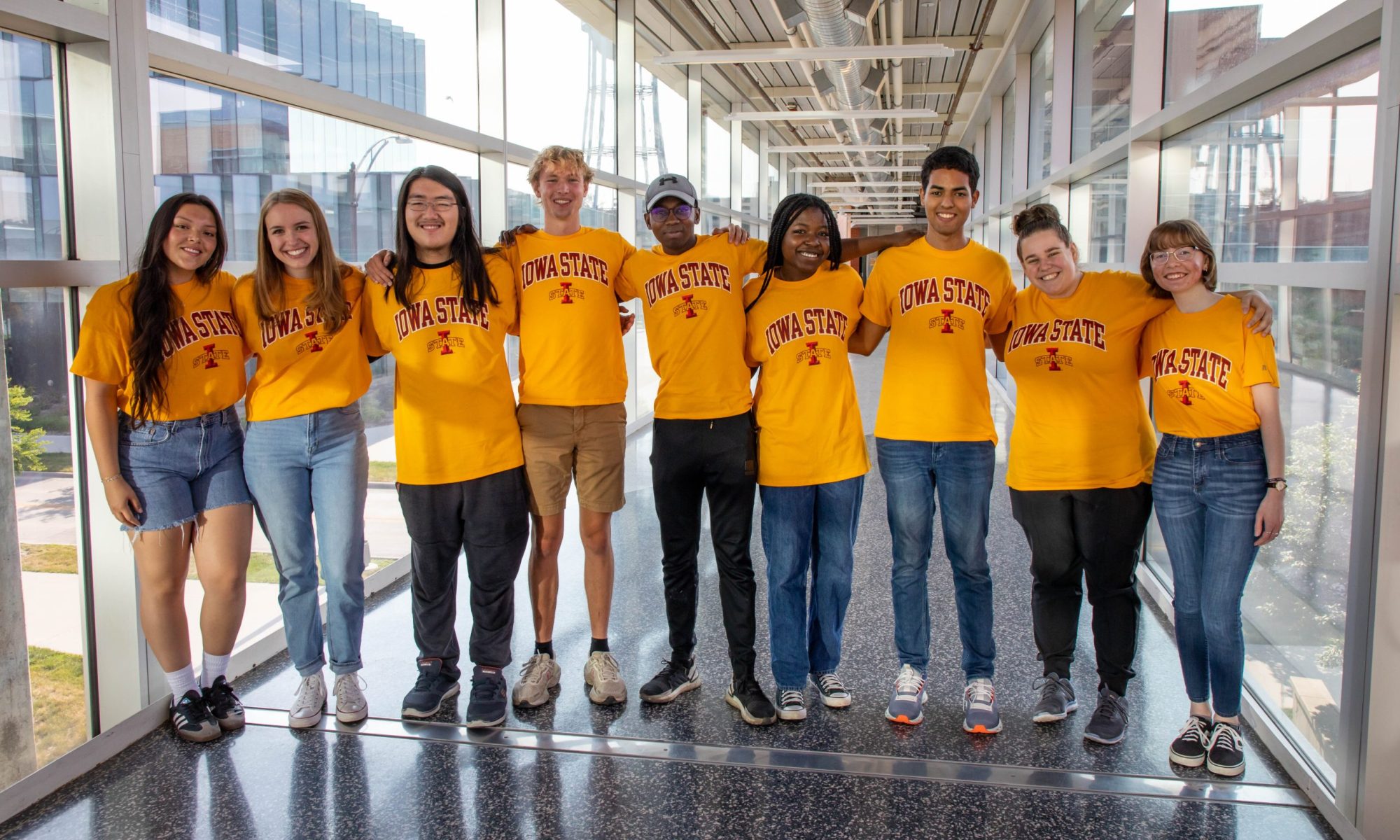Despite it only being three days, this week felt like it lasted as long as any other week. Much of my time was devoted to our major course activity. Given that we were dealing with a large dataset, training our models for one epoch on our computers took about 2 hours even when utilizing the gpu. Because of that, we sought to move our files to a much faster computer. However, this proved to be more troublesome than we anticipated in terms of creating our anaconda environment and installing the correct packages to make use of this computer’s gpu. Eventually, we were able to get everything working out, and it really made a difference as now one epoch only lasted about 4 minutes. I had also wanted to see if I could graph a confusion matrix to better visualize how well our model is being trained, but by utilizing numpy or matplotlib, the version of our tensorflow would change, prohibiting us from making use of this computer’s stronger gpu. Nonetheless, our next goal was to import a trained model to our unity environment to see if a vehicle can maneuver on the road on its own well enough. Again, we were met with more issues and couldn’t see our models put to use before our presentation. In the end, we had a lot of struggle, preventing us from going deeper into hypertuning and addressing our main project goal, but having taken multiple computer science classes, it’s something that I’m used to. I still learned a lot in the meantime by going through online resources, analyzing the code, and reading through the book Adam provided to us to further strengthen my understanding of the fundamentals behind machine learning.
The day of the presentations soon came, and though I wasn’t really looking forward to speaking, I was still excited to listen to everyone’s projects. Amy constructed an ocarina, focusing on how the amount of infill can impact the instrument’s sound. Kris built a functional camera, studying how different plastic lenses can affect its lux. Tim sought to create parts that could hold wires in place to facilitate the process of attaching them to different devices. Each worked with a 3D printer, and I enjoyed hearing how they addressed the problems they found along the way. Allison and Nadya worked hard on creating an interactive VR environment where one can experience what it was like to live during the gold rush. Just the idea of being able to relive past historic events through VR blew my mind. Rebekah developed an interface to showcase what it may feel like to gather one’s thoughts and visually plan out their day through VR. I agree with some of the comments I heard; one could’ve been put in a trance from watching Rebekah’s presentation due to how well the visuals flowed. For our presentation, we talked about what we learned, our main goal, how we decided to extract features from thousands of images when training our model, and the challenges we faced. Curtis and Ayman did a great job at presenting. I was surprised when some mentioned I sounded confident. I guess I managed to address one area. Though, I do wish I had the capacity to say everything I had wanted to say, but at least I tried my best.

Summer Program for Interdisciplinary Research and Education – Emerging Interface Technologies